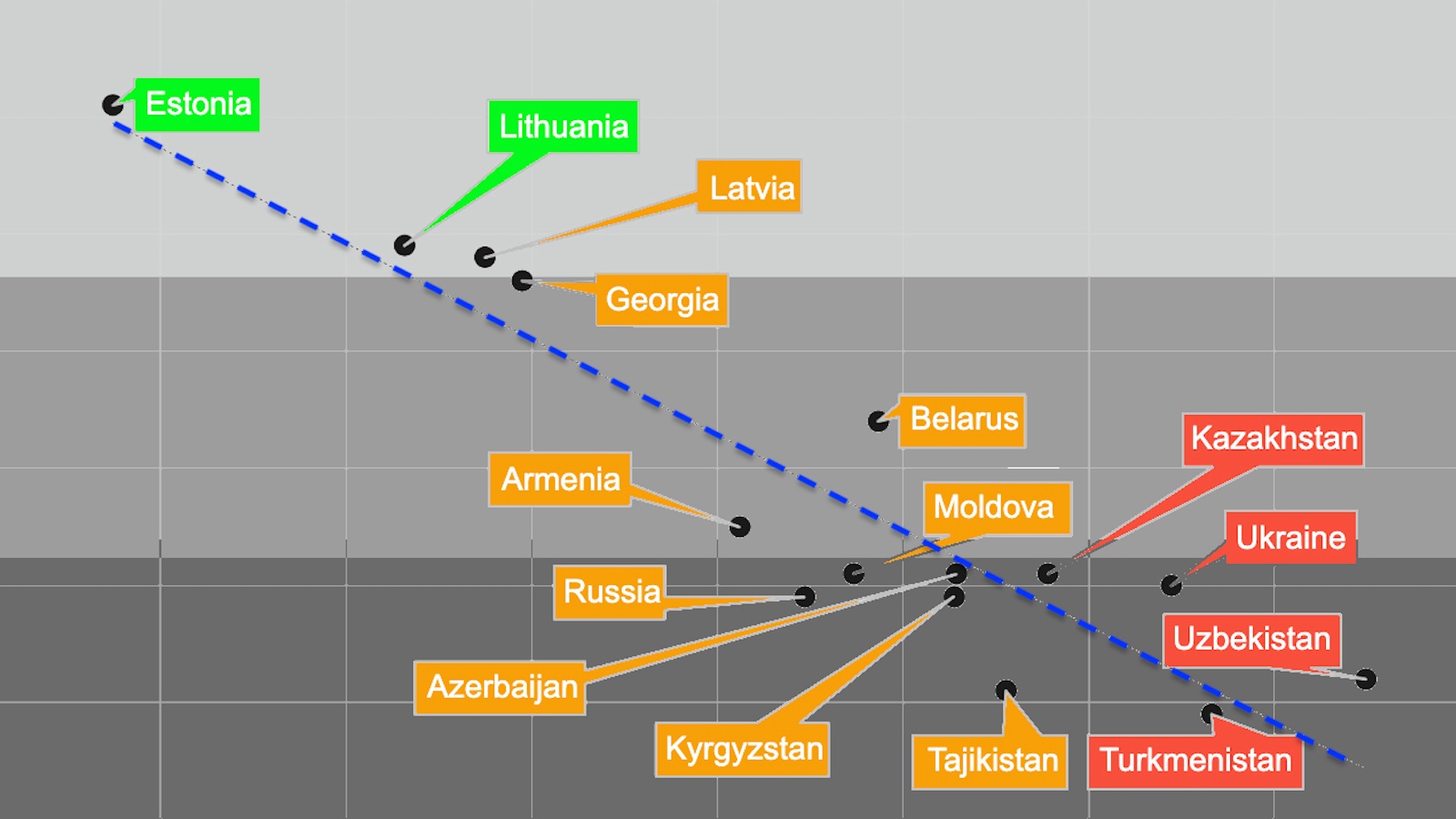Improve Planning By Separating Hard Trends From Soft Trends

The Burrus Hard Trend™ Methodology is a scientifically developed system based on thirty years of research. Many companies, including Deloitte, Lockheed Martin, and IBM to name a few, have changed how they forecast and strategize based on this methodology of separating Hard Trends from Soft Trends.
A Hard Trendis a projection based on measurable, tangible, and fully predictable facts, events, or objects. It’s something that will happen: a future fact that cannot be changed. Strategy based on the certainty of Hard Trends has low risk. Hard Trend categories include Technology, Demographics, and Government Regulations.
A Soft Trend is a projection based on statistics that have the appearance of being tangible, fully predictable facts. It’s something that might happen: a future maybe. Soft Trends can be changed, which means they provide a powerful vehicle to influence the future and can be capitalized on.
This distinction completely changes how individuals and organizations view and plan for the future. Understanding the difference between Hard and Soft Trends allows us to know which parts of the future we can be right about. Hard Trends give us the ability to see disruptions before they happen and the insight we need to create strategies based on a new level of certainty. Hard Trends also provide a way to accurately predict consumer behavior changes based on game-changing technology shifts. Soft Trends can be changed and therefore influenced, producing another way to influence the future.
A simple example of a technology Hard Trend is the increasing use of mobile apps for business areas such as purchasing, supply chain, logistics, customer service, maintenance, training, and sales support. A related Soft Trend would be which companies will develop mobile apps such as these to transform their business processes.
A simple example of a demographic Hard Trend is the retirement of Baby Boomers. A Soft Trend relating to this would be which companies will implement a system to collect knowledge and wisdom from their Baby Boomers and implement a knowledge-sharing network before they retire.
A simple example of a regulatory Hard Trend would be a U.S. law that was passed in 2013 that allows U.S. chicken producers to ship chicken to China for processing and then back to the U.S. for retail sales with no labeling requirements. A related Soft Trend would be trying to identify how many U.S. chicken manufacturers will process chicken in China for sale in the U.S. Another related Soft Trend would be the amount of U.S. consumer backlash that might occur.
One of the ways to put accurate timeframes on Hard Trends, is to use what I call the Three Digital Accelerators: the exponential advances in processing power, bandwidth, and storage. I’ve been tracking the Three Digital Accelerators, as well as their exponential trajectory, for the past thirty years. These Three Digital Accelerators have now entered a predictable new phase due to their exponential growth—a phase that will transform every business process. Think of it this way: Based on the technology-enabled Hard Trends that are already in place, over the next five short years we will transform how we sell, market, communicate, collaborate, innovate, train, and educate. And if you don’t do it, someone else will.
It is possible to avoid the fate of Polaroid, Kodak, Motorola, GM, and Blockbuster, and instead create must-have products and high-demand services—as Apple, Canon, Toyota, Netflix and so many others have—by seeing what others can’t: the Hard Trends that are shaping our future.
By focusing on Hard and Soft Trends and the three accelerators instead of trying to keep up with the dozens of new technologies covered by the press each month, we can get a more accurate sense of where technology-driven change is coming from and, more important, where it is likely to lead.
****
DANIEL BURRUS is considered one of the world’s leading technology forecasters and innovation experts, and is the founder and CEO of Burrus Research, a research and consulting firm that monitors global advancements in technology driven trends to help clients understand how technological, social and business forces are converging to create enormous untapped opportunities. He is the author of six books including The New York Times best seller Flash Foresight.





